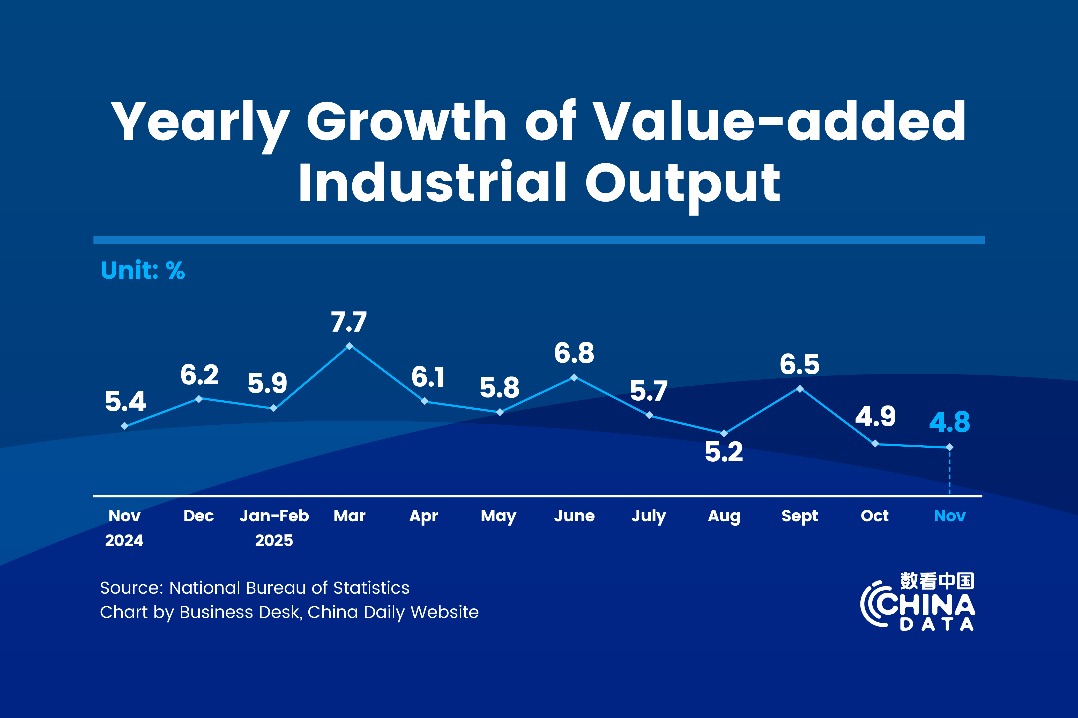Regional trade sees healthy growth despite COVID-19


Exchange of goods, services with ASEAN reaches $367b in first seven months as business facilitation measures unveiled by China promote cooperation
HONG KONG-"I want more Chinese traders to buy our fresh, sweet and succulent dragon fruit,"Nguyen Huy Phong, a 50-year-old farmer from Vietnam's southern Binh Thuan province, told Xinhua.
In the first half, China's trade with Vietnam jumped 18.1 percent year-on-year, pushing their bilateral trade to the top slot among members of the Association of Southeast Asian Nations, said the General Administration of Customs.
In addition, China's trade with ASEAN stood at 2.51 trillion yuan ($367 billion) in the first seven months, up 6.6 percent year-on-year.
ASEAN remained China's biggest trading partner during the same period, accounting for 14.6 percent of its total foreign trade volume.
While the COVID-19 pandemic has caused disruption in global supply chains, China-ASEAN trade relations "are being further boosted by great efforts from the two sides, including governments who are determined to find measures to maintain trade flow and eliminate COVID-19 impact, and the businesses themselves who are committed to the potential markets", said Vo Tri Thanh, former deputy head of Vietnam's Central Institute for Economic Management.
Multilateral moves
"Multilateral trade is still an irresistible trend," said Azlimi Zakaria, consul general of the Consulate General of Malaysia in Nanning, the Guangxi Zhuang autonomous region, adding that the increasingly close economic and trade relations between ASEAN and China remain vigorous due to multilateralism and free trade.
The expansion in China-ASEAN trade has been partly buoyed by the implementation of an upgraded China-ASEAN Free Trade Area protocol since October 2019, which has further facilitated agricultural trade and brought dividends to CAFTA members.
"The revised deal covering 11 countries with a population of around 2 billion people helps to simplify many procedures, including rules of origin, currency, services, and investment," Thanh said.
Founded in 1967, ASEAN now groups Brunei, Cambodia, Indonesia, Laos, Malaysia, Myanmar, the Philippines, Singapore, Thailand and Vietnam.
John Tan, a coconut exporter based in Davao in the southern Philippines, told Xinhua that he received orders for tropical fruit from China as usual despite the COVID-19 outbreak.
"I'm not short of orders, but I'm short of hands," said Tan, president of Eng Seng Food Products, adding that he did not have enough workers due to COVID-19 lockdown measures.
"Even under these circumstances, we are still managing to send about five to six containers of coconuts to China every week," he added.
During a virtual Regional Comprehensive Economic Partnership ministerial meeting on Aug 27, ministers of ASEAN members-along with China, Japan, South Korea, Australia and New Zealand-reaffirmed their commitment to signing the deal at its upcoming November summit.
Initiated by ASEAN in 2012, RCEP is a proposed FTA between the 10 ASEAN member states and their six partners-China, Japan, South Korea, Australia, New Zealand and India. In November, 15 participating countries of the agreement concluded text-based negotiations and essentially all market access issues at an RCEP summit in Bangkok.
Federation of Malaysian Manufacturers President Soh Thian Lai said it was important for ASEAN such as Malaysia to commit itself to the agreement in the interest of future economic development, especially while facing the economic aftermath of COVID-19.
"I believe the signing of such a mega FTA like RCEP will greatly contribute to the region's post-pandemic recovery and in creating resilient supply chains," he told Xinhua.
Cambodian Commerce Ministry Secretary of State and Spokesman Seang Thay said the RCEP will provide participating countries with greater market access, and relationships in terms of economy, trade and investment between ASEAN and its partners will be further broadened.
"Once signed, the RCEP will be the world's largest FTA by population. All countries will benefit from it," he said.
The RCEP accounts for 45 percent of the world's population, 40 percent of global trade and around one third of the world's gross domestic product.




































